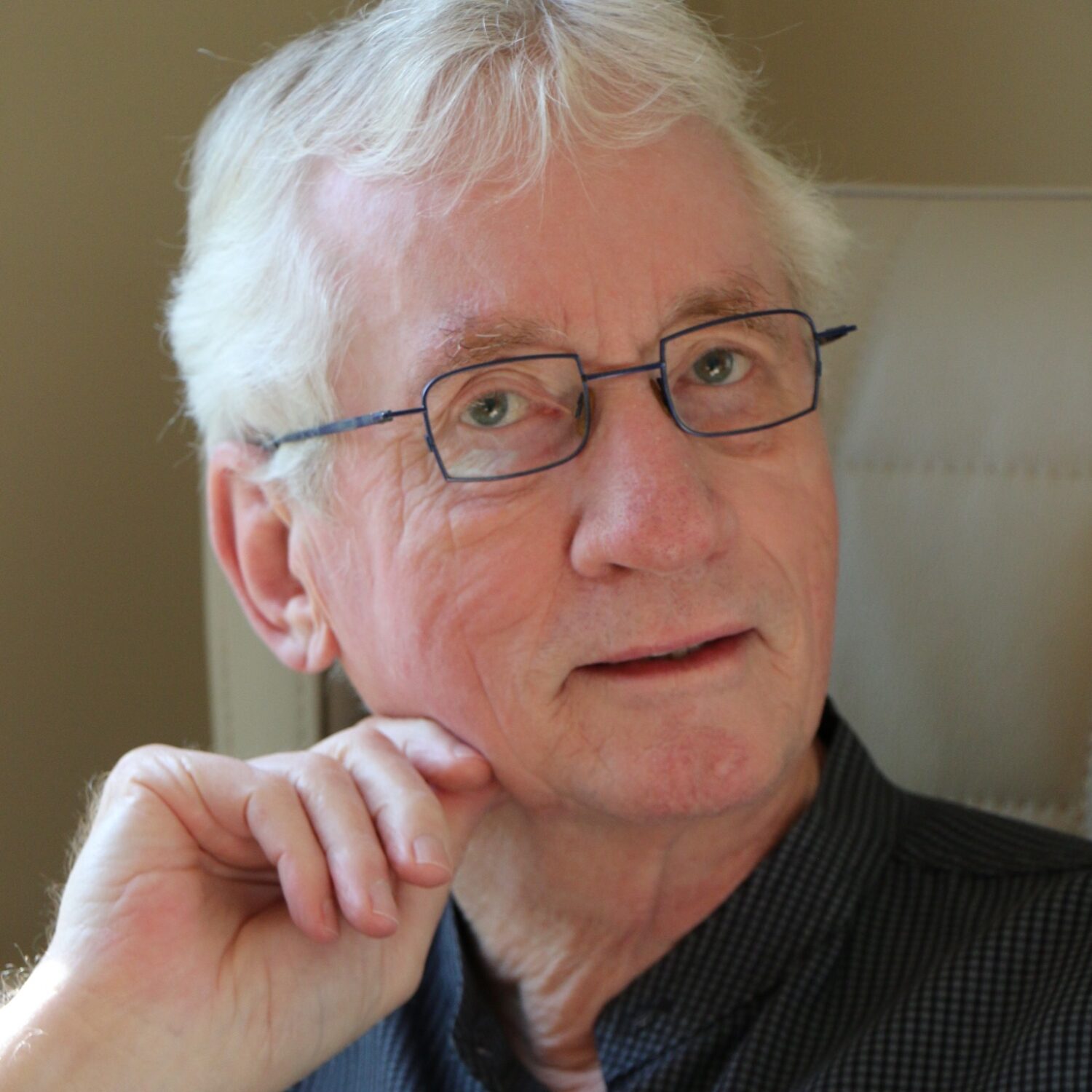Thanks for your opinion! It is much appreciated. I think the most interesting aspect of the chemistry you are talking about in your previous posts is the Nilbog Effect. I assume you are familiar with it, I believe the bond energies will be surprising to you. Here's a summary from some Nobel Laureates.
Never heard of it. But all you really need to do to win this debate is show how life can form from elements that aren't hydrogen, oxygen, carbon and nitrogen.
"...Of the 92 natural elements, ninety-nine percent of the living matter we know is composed of just four: hydrogen (H), oxygen (O), nitrogen (N), and carbon (C). That is bound to be true wherever life exists in the universe, for only those four elements possess the unique properties upon which life depends.
Their unique position in chemistry can be stated in a sentence: They -- in the order given -- are the lightest elements that achieve stable electronic configurations (i.e., those mimicking the inert gases) by gaining respectively one, two, three, and four electrons. Gaining electrons, in the sense of sharing them with other atoms, is the mechanism of forming chemical bonds, hence molecules. The lightest elements make not only the tightest bonds, hence the most stable molecules, but introduce a unique property crucial for life: of all the natural elements, only oxygen, nitrogen and carbon regularly form double and triple bonds with one another, so saturating all their tendencies to combine further.
Now, professors sometimes tell their students foolish things, which the students carefully learn and reproduce on exams and eventually teach the next generation. When chemistry professors teach the periodic system of elements, one has those horizontal periods of the elements and the professors say, “If you go down vertically, the elements repeat their same properties.” That is utter nonsense, as any kid with a chemistry set would know. For under oxygen comes sulfur. Try breathing sulfur somethime. Under nitrogen comes phosphorus. There is not any phosphorus in that kid’s chemistry set. It is too dangerous; it bursts into flame spontaneously on exposure to air. And under carbon comes silicon.
If that chemistry professor were talking sense, there are two molecules that should have very similar properties: carbon dioxide (CO2) and silicon dioxide (SiO2). Well, in carbon dioxide the central carbon is tied to both of the oxygen atoms by double bonds O=C=O. Those double bonds completely saturate the combining tendencies of all three atoms, hence CO2 is a happy, independent molecule. It goes off in the air as a gas, and dissolves in all the waters of the Earth, and those are the places from which living organisms extract their carbon.
But silicon cannot form a double bond, hence in silicon dioxide the central silicon is tied to the two oxygens only by single bonds, leaving four half‑formed bonds -- four unpaired electrons -- two on the silicon and one on each oxygen, ready to pair with any other available lone electrons. But where can one find them? Obviously on neighboring silicone dioxide molecules, so each molecule binds to the next, and that to the next, and on and on until you end up with a rock -- for example quartz, which is just silicone dioxide molecules bound to one another to form a great super-molecule. The reason quartz is so hard is that to break it one must break numerous chemical bonds. And that is why, though silicon is 135 times as plentiful as carbon in the Earth’s surface, it makes rocks, and to make living organisms one must turn to carbon. I could make a parallel argument for oxygen and nitrogen.
These four elements, Hydrogen, carbon, oxygen and nitrogen, also provide an example of the astonishing togetherness of our universe. They make up the “organic” molecules that constitute living organisms on a planet, and the nuclei of these same elements interact to generate the light of its star. Then the organisms on the planet come to depend wholly on that starlight, as they must if life is to persist. So it is that all life on the Earth runs on sunlight. I do not need spiritual enlightenment to know that I am one with the universe -- that is just good physics.
